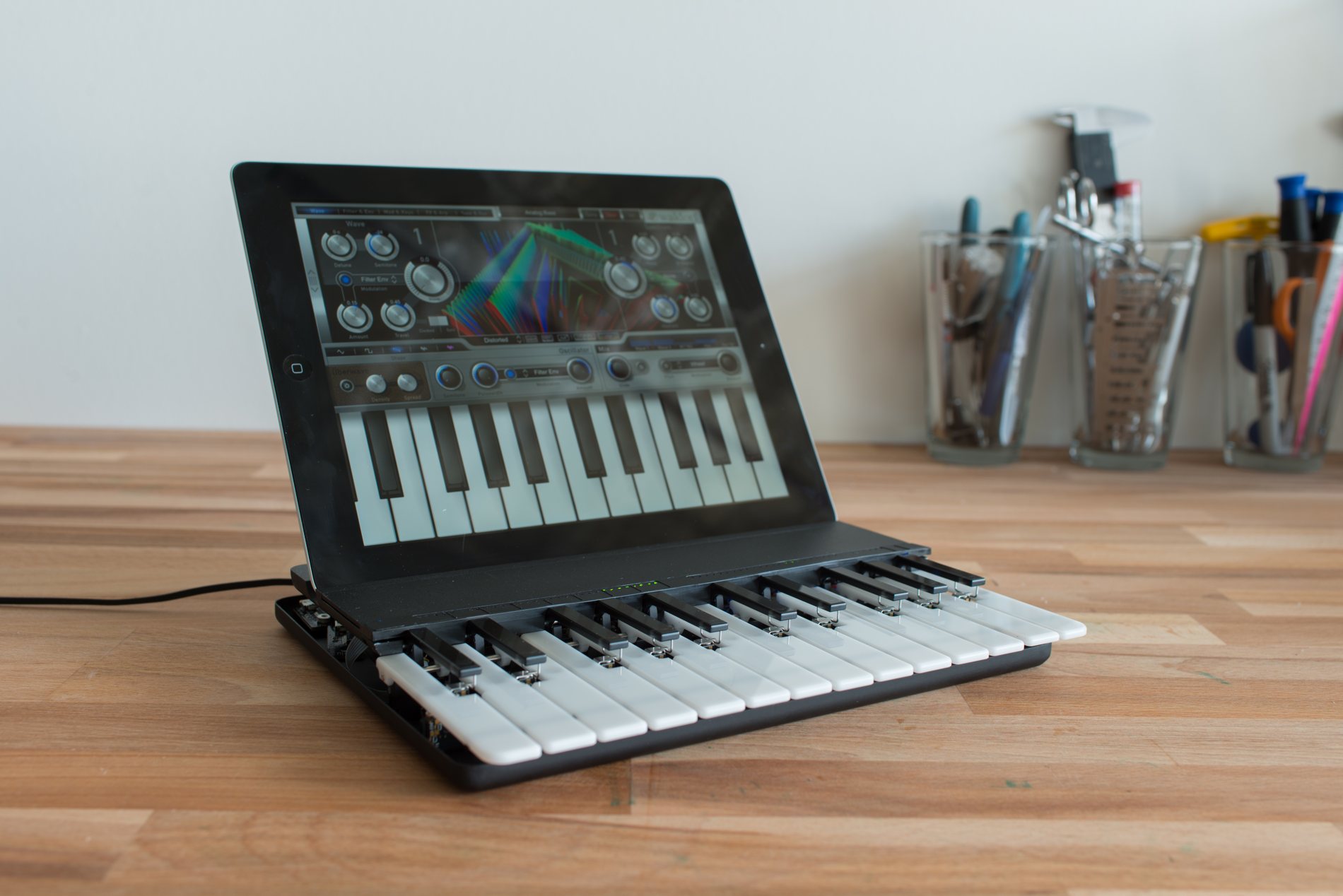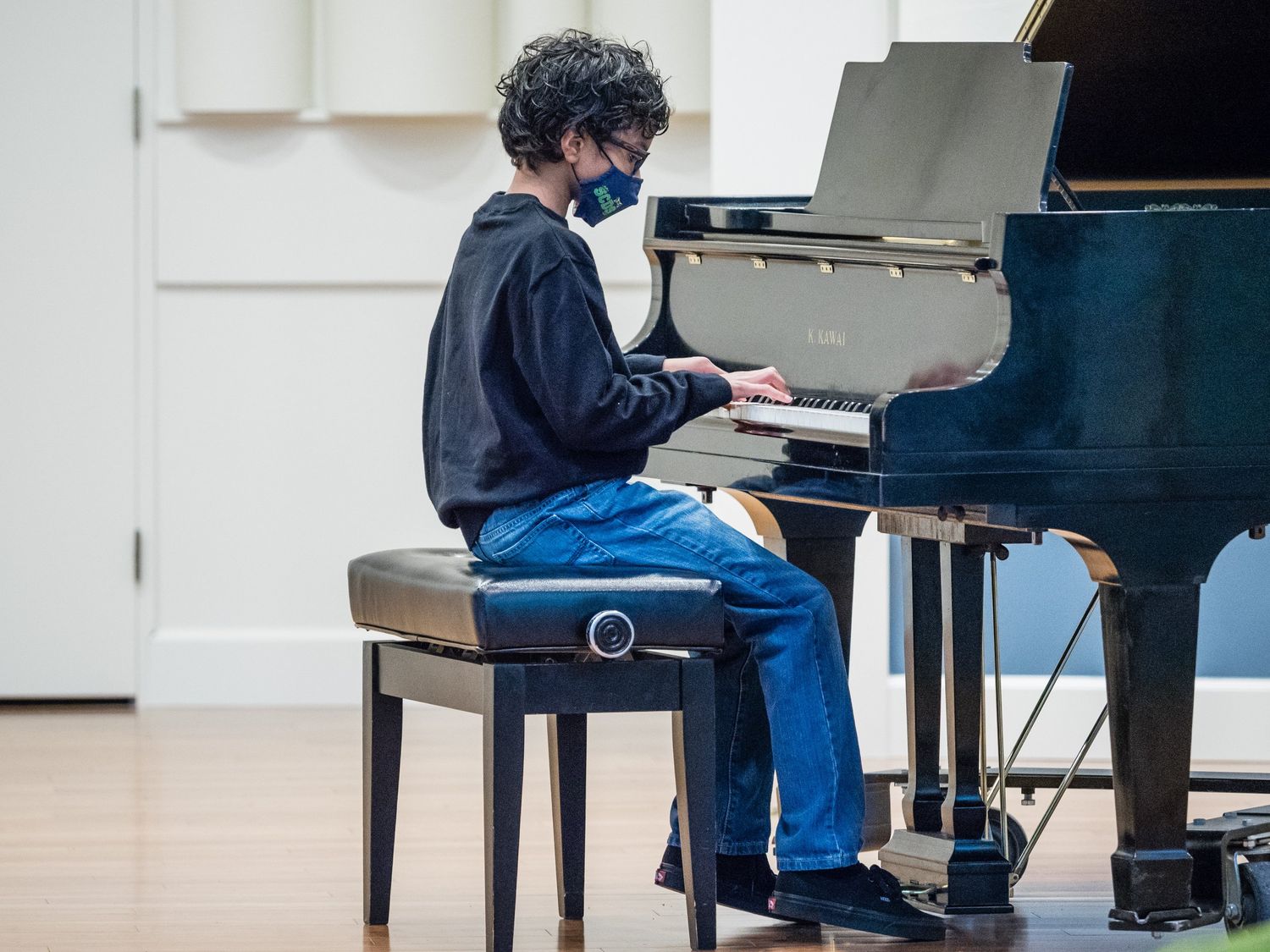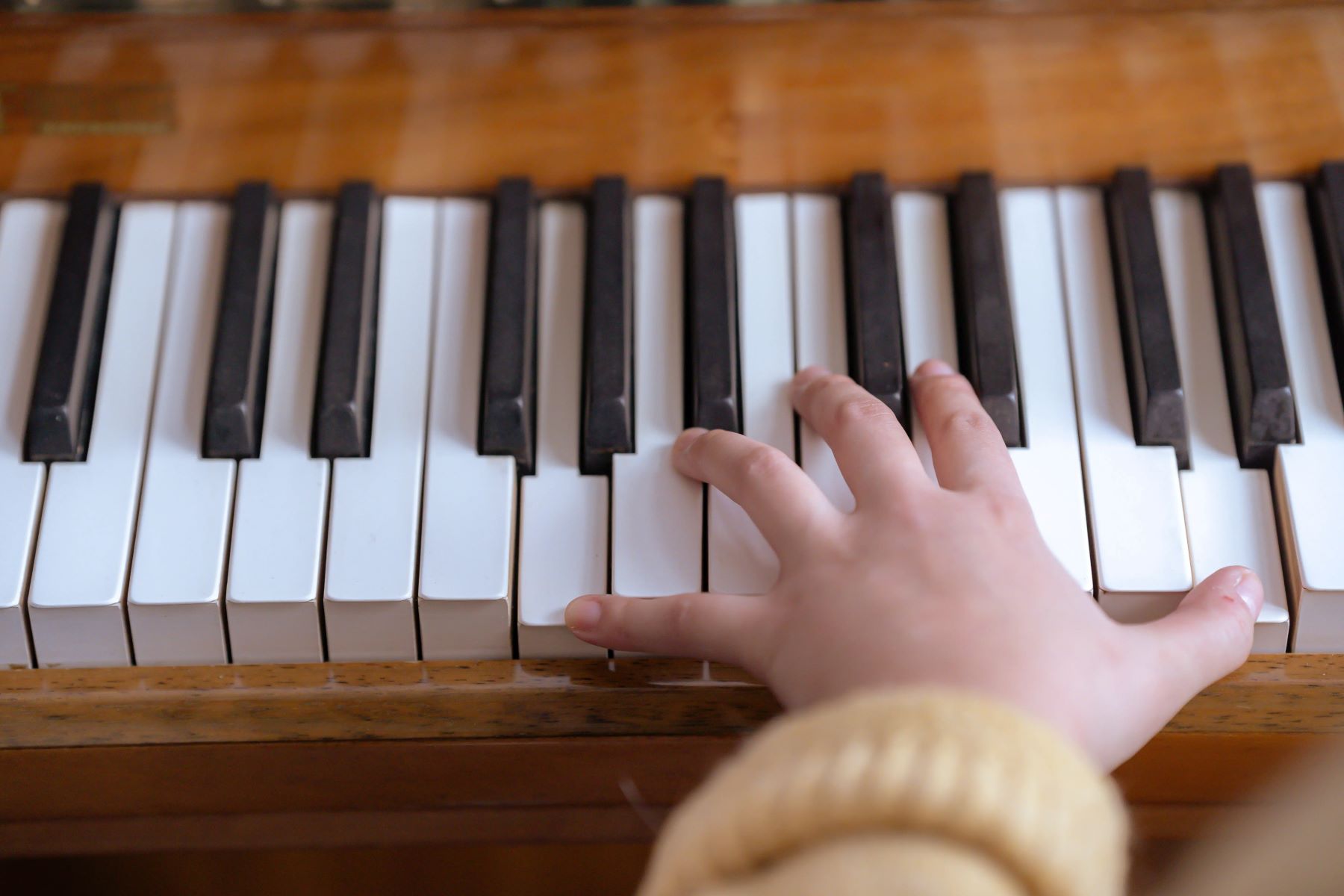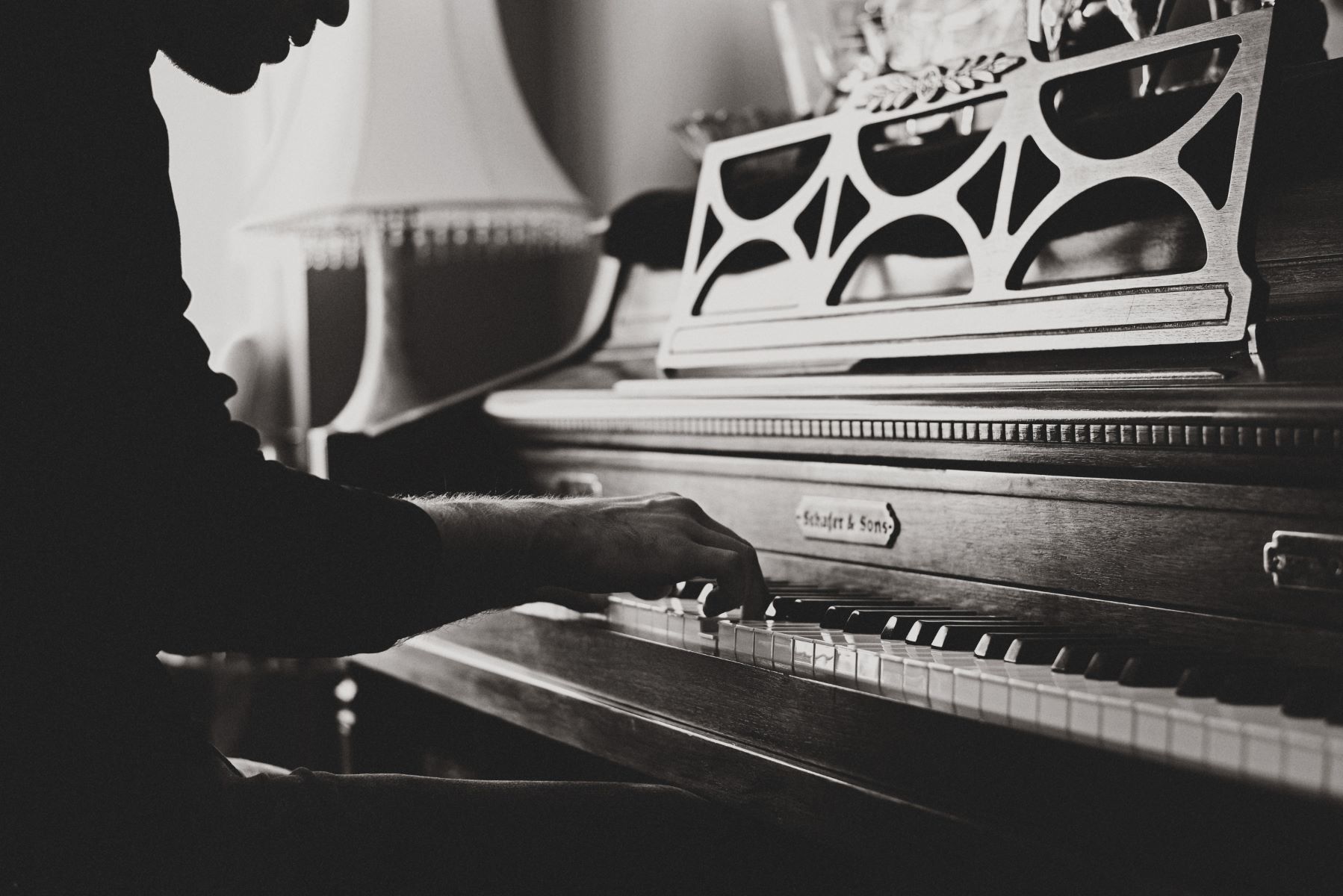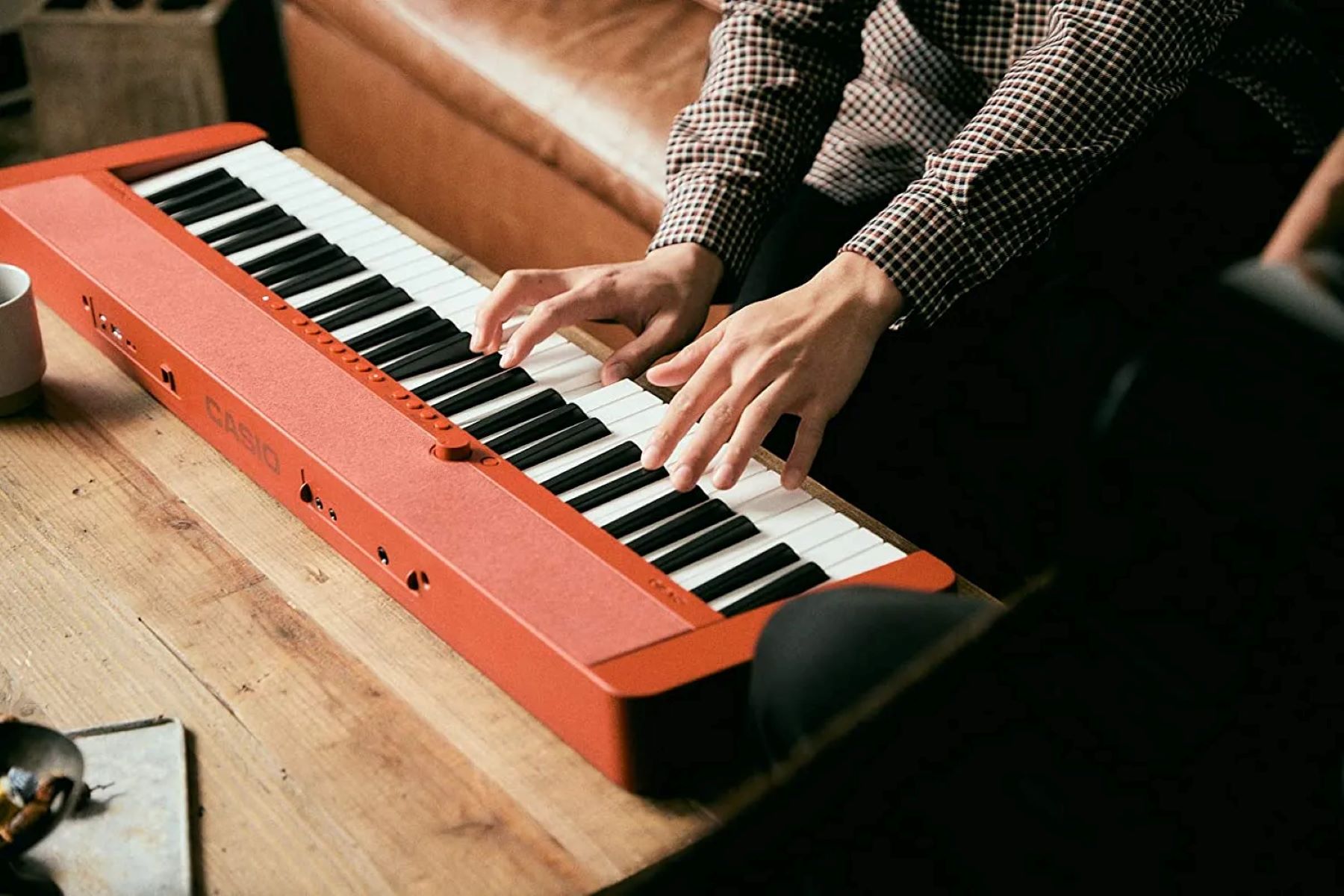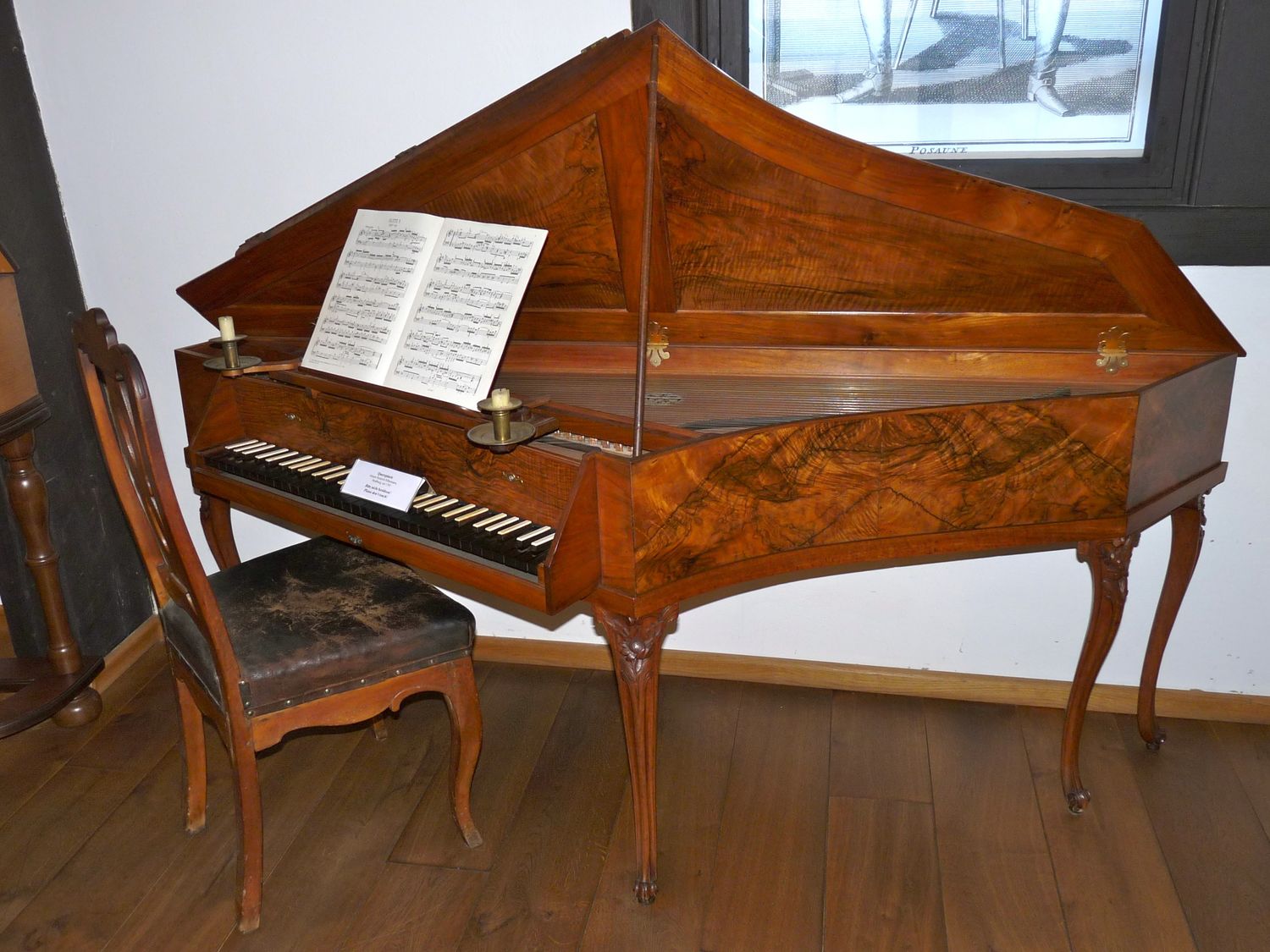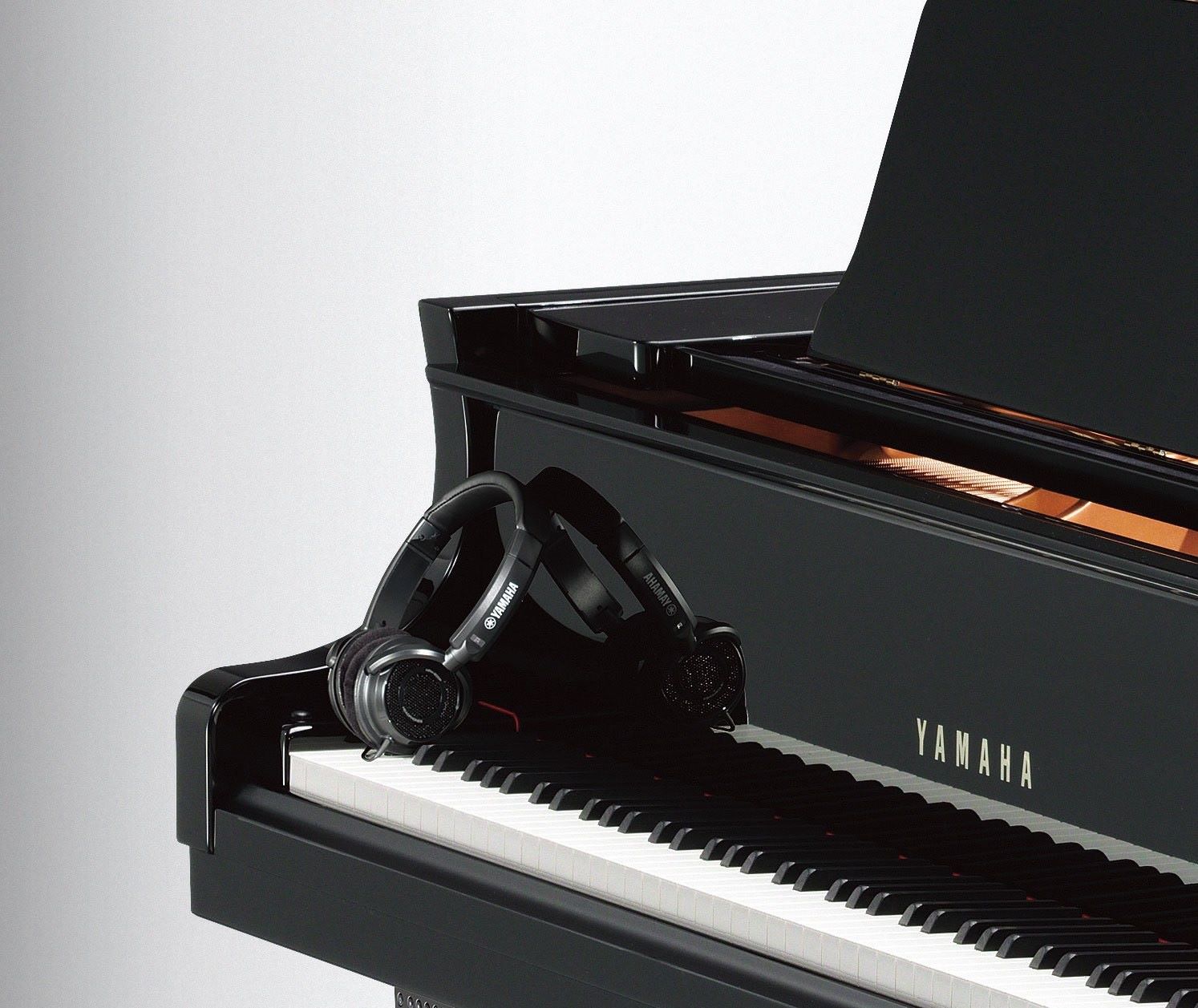Home>Instruments>Piano>What Are Arpeggios On Piano
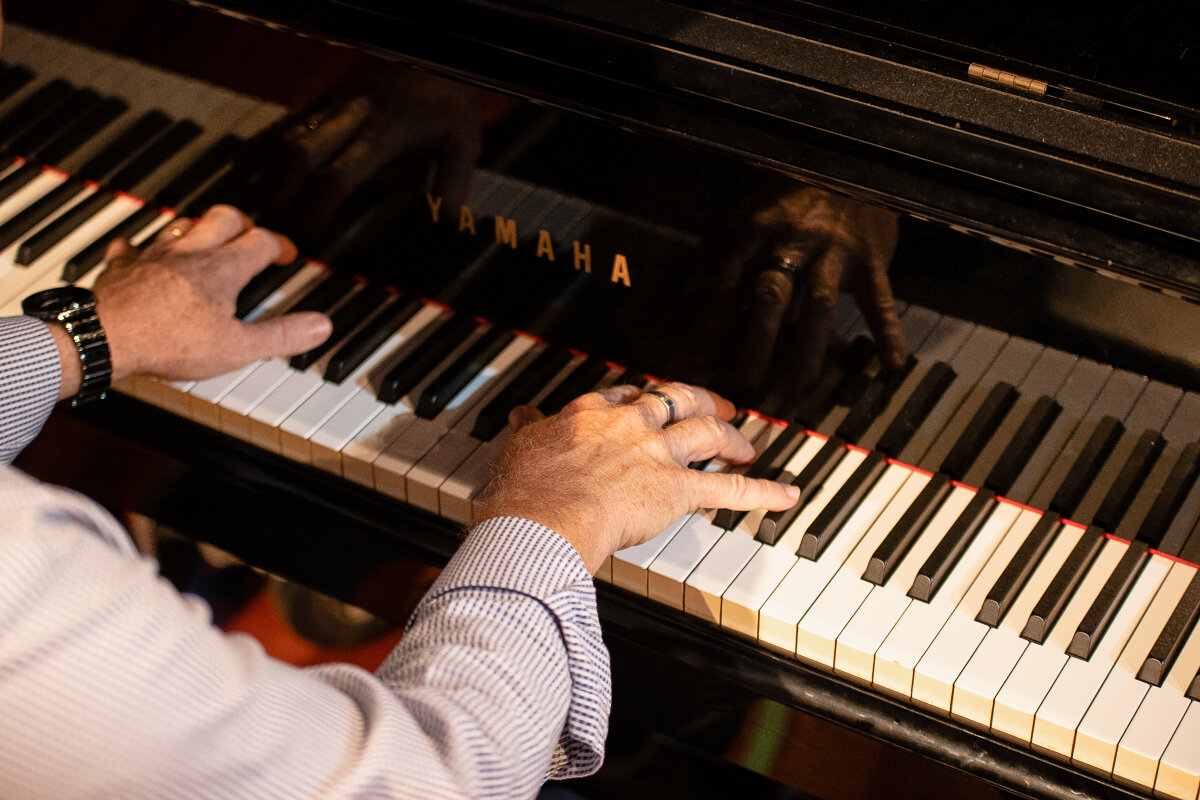

Piano
What Are Arpeggios On Piano
Published: February 11, 2024
Learn how to play arpeggios on the piano and improve your piano skills with our comprehensive guide. Master the art of piano arpeggios and enhance your playing today!
(Many of the links in this article redirect to a specific reviewed product. Your purchase of these products through affiliate links helps to generate commission for AudioLover.com, at no extra cost. Learn more)
Table of Contents
Introduction
Introduction
Playing the piano is a beautiful and rewarding experience. It allows musicians to express a wide range of emotions and create captivating melodies. One essential technique that adds depth and complexity to piano playing is the arpeggio. In this article, we will explore the fascinating world of piano arpeggios, from their definition and execution to their benefits and common patterns.
Arpeggios are fundamental to piano playing, and mastering them can elevate a pianist's skill and artistry. Whether you're a beginner eager to understand the basics or an intermediate player looking to refine your technique, delving into the realm of arpeggios will undoubtedly enhance your musical journey.
Stay tuned as we unravel the magic of arpeggios and uncover the secrets to incorporating these enchanting patterns into your piano repertoire. Whether you aspire to play classical masterpieces or modern compositions, arpeggios will undoubtedly enrich your musical expression and captivate your audience. Let's embark on this melodic adventure and discover the wonders of piano arpeggios together.
Definition of Arpeggios
Definition of Arpeggios
Before delving into the intricacies of playing arpeggios on the piano, it’s essential to grasp their fundamental definition. An arpeggio is a musical technique where the notes of a chord are played in a sequence, rather than simultaneously. This sequential articulation of the chord creates a flowing and melodious effect, adding depth and texture to the music.
When a pianist plays an arpeggio, they essentially break down a chord into its individual notes and play them in succession, often ascending or descending in a fluid motion. This technique allows for a seamless and graceful transition between the chord tones, producing a captivating sound that resonates with listeners.
Arpeggios can be found in various musical genres, from classical compositions to contemporary pieces. They serve as a versatile tool for composers and performers, enabling them to infuse compositions with harmonic richness and expressive flair. Whether used as a standalone passage or woven into a larger musical arrangement, arpeggios contribute to the overall beauty and complexity of piano music.
Understanding the definition of arpeggios sets the stage for mastering this essential piano technique. As we delve deeper into the world of arpeggios, we will uncover the nuances of executing these enchanting patterns and explore their transformative impact on piano playing.
How to Play Arpeggios on the Piano
How to Play Arpeggios on the Piano
Mastering the art of playing arpeggios on the piano requires a combination of technique, dexterity, and musicality. Whether you’re a novice pianist or an experienced player looking to refine your skills, the following steps will guide you through the process of executing arpeggios with finesse:
- Hand Positioning: Begin by adopting the correct hand positioning. Place your fingers over the designated keys, ensuring that your hand and wrist are relaxed. Proper hand posture is crucial for executing arpeggios fluidly and effortlessly.
- Finger Placement: Identify the notes of the arpeggio and assign each note to a specific finger. For instance, in a basic C major arpeggio, the thumb would play the root note (C), the middle finger would play the third note (E), and the pinky finger would play the fifth note (G).
- Practice Scales: Familiarize yourself with the scales corresponding to the arpeggios you intend to play. Understanding the scales associated with arpeggios will facilitate smoother transitions between notes and enhance your overall proficiency.
- Fluid Motion: When playing arpeggios, strive for a seamless and flowing motion. Avoid rigid or jerky movements, and aim for a continuous and connected sound as you progress through the notes of the arpeggio.
- Dynamic Control: Experiment with different dynamics to infuse expressiveness into your arpeggio playing. Practice varying the volume and intensity of the arpeggios to evoke different moods and emotions in your music.
- Metronome Practice: Use a metronome to practice arpeggios at different tempos. Gradually increase the speed as you build confidence, ensuring that each note is articulated clearly and evenly.
By honing these fundamental techniques and incorporating them into your practice routine, you can cultivate a nuanced and polished approach to playing arpeggios on the piano. With dedication and perseverance, you’ll unlock the captivating potential of arpeggios and harness their transformative power in your musical repertoire.
Benefits of Practicing Arpeggios
Benefits of Practicing Arpeggios
Engaging in regular practice of arpeggios offers a myriad of benefits that extend beyond technical proficiency. As a pianist, integrating arpeggios into your practice regimen can yield the following advantages:
- Enhanced Finger Dexterity: Practicing arpeggios cultivates agility and flexibility in your fingers, contributing to improved dexterity and coordination. This enhanced finger control extends to other aspects of piano playing, allowing you to navigate complex passages with greater ease.
- Understanding Chord Structures: Delving into arpeggios provides valuable insight into the construction of chords. By dissecting chords into their individual notes, pianists develop a deeper understanding of harmonic relationships and chord progressions, enriching their musical comprehension.
- Improved Hand Independence: Arpeggio practice nurtures hand independence, enabling pianists to execute different patterns and rhythms simultaneously with each hand. This heightened level of coordination enhances overall performance capabilities and opens doors to more intricate musical arrangements.
- Artistic Expression: Arpeggios serve as a vehicle for expressive playing, allowing pianists to infuse their music with emotion and nuance. Mastering arpeggios empowers musicians to convey a wide spectrum of feelings through their performance, adding depth and richness to their interpretations.
- Technical Proficiency: Regular practice of arpeggios hones technical skills such as finger strength, precision, and control. These foundational skills form the bedrock of proficient piano playing, laying the groundwork for tackling advanced repertoire with confidence and proficiency.
Embracing the discipline of arpeggio practice not only refines technical aptitude but also nurtures a holistic approach to musical expression. The benefits extend beyond the confines of piano technique, fostering a deeper connection to music and enhancing the artistry of pianists across diverse genres and styles.
Common Arpeggio Patterns
Common Arpeggio Patterns
Arpeggios manifest in various patterns and configurations, each contributing to the diverse tapestry of piano music. Exploring common arpeggio patterns unveils a wealth of melodic possibilities and enriches a pianist’s repertoire. Below are some prevalent arpeggio patterns that resonate across musical genres:
- Broken Chords: This foundational arpeggio pattern involves playing the individual notes of a chord in succession, often in an ascending or descending manner. Broken chords infuse compositions with a sense of motion and fluidity, serving as a versatile tool for crafting compelling melodies.
- Alberti Bass: Originating from the Classical era, the Alberti bass pattern features a distinctive rhythmic structure where the notes of a chord are played in a repeated broken chord pattern. This elegant and harmonically rich arpeggio pattern has been prominently employed in classical compositions, adding depth to piano sonatas and other works.
- Extended Arpeggios: Extended arpeggio patterns encompass chords with added tones beyond the fundamental triad, such as seventh, ninth, or eleventh chords. These expanded arpeggios introduce lush harmonies and intricate textures, lending sophistication to musical arrangements across genres.
- Cascading Arpeggios: Cascading arpeggios feature a dramatic and cascading descent or ascent of chord tones, creating a sense of grandeur and momentum. This evocative pattern is often utilized to imbue compositions with a captivating and dynamic flourish, captivating listeners with its sweeping arpeggiated passages.
- Parallel Arpeggios: In parallel arpeggios, multiple notes or chords move simultaneously in a parallel motion, producing a harmonically rich and resonant effect. This pattern is prevalent in various musical styles, offering a compelling means of crafting intricate and immersive musical landscapes.
By acquainting oneself with these common arpeggio patterns, pianists gain a deeper appreciation for the diverse applications of arpeggios in musical compositions. These patterns serve as building blocks for creating captivating melodies, enriching harmonies, and infusing piano music with depth and character.
Conclusion
Conclusion
The enchanting realm of piano arpeggios embodies a harmonious fusion of technique, artistry, and musical expression. As pianists embark on their journey to master this essential technique, they unlock a world of melodic possibilities and transformative benefits. From understanding the fundamental definition of arpeggios to delving into common patterns and their captivating applications, the exploration of arpeggios enriches the musical tapestry and elevates the pianist’s craft.
Arpeggios serve as a bridge between technical proficiency and emotive storytelling, allowing pianists to weave intricate tapestries of sound that resonate with audiences. The benefits of arpeggio practice extend beyond the confines of the piano keys, nurturing a holistic approach to musical interpretation and fostering a deeper connection to the art form.
As pianists embrace the discipline of arpeggio practice, they cultivate not only technical prowess but also a profound understanding of chord structures, harmonic relationships, and the nuances of musical expression. This multifaceted journey empowers musicians to harness the full potential of arpeggios, infusing their performances with grace, depth, and emotional resonance.
Arpeggios, in their myriad forms and patterns, embody the essence of musical storytelling, allowing pianists to convey a rich tapestry of emotions through their performances. Whether cascading in a grand flourish or delicately weaving through a melodic passage, arpeggios stand as a testament to the enduring allure of piano music.
As pianists continue to hone their craft and explore the boundless creativity of arpeggios, they embark on a melodic odyssey that transcends technical proficiency, inviting audiences into a world of captivating musical narratives and evocative expressions. The journey of arpeggios is a testament to the enduring magic of piano music and the profound artistry it inspires.


